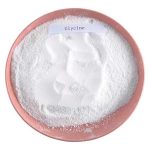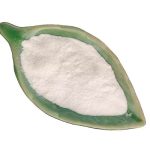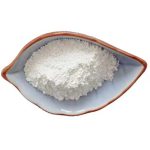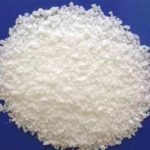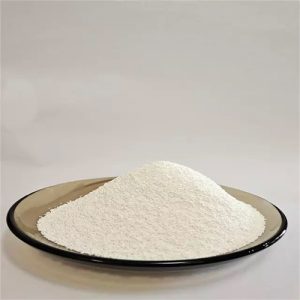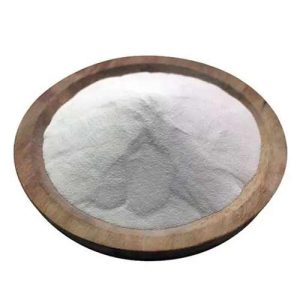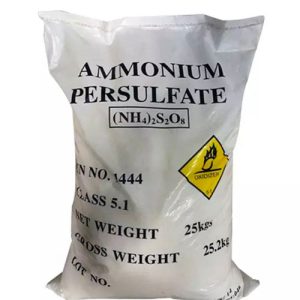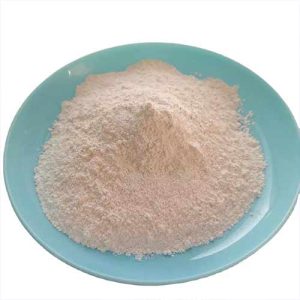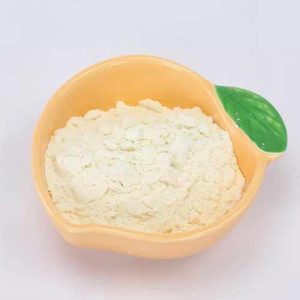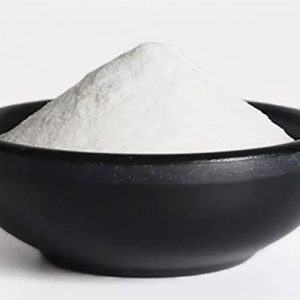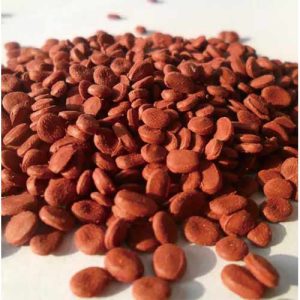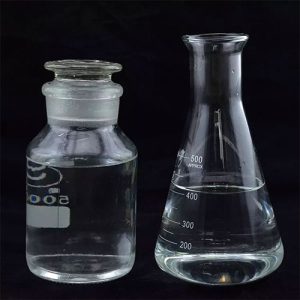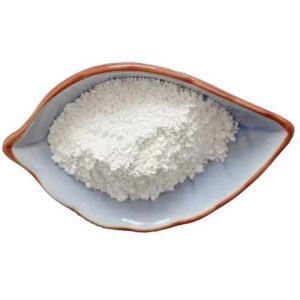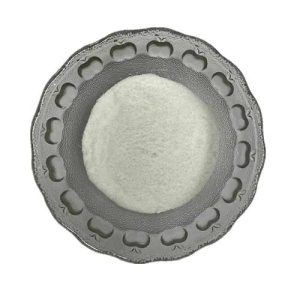High Quality Glycine CAS-56-40-6
Glycine (abbreviation Gly), also known as aminoacetic acid, is a non essential amino acid with the chemical formula C2H5NO2. Glycine is an amino acid composed of reduced glutathione, an endogenous antioxidant. It is often supplemented by external sources in the event of severe stress, sometimes called semi essential amino acid. Glycine is the simplest amino acid.
- Description
- Inquiry
Description
Glycine
Basic Information
product name: Glycine
CAS:56-40-6
Molecular formula:C2H5NO2
Molecule weight: 75.067
Properties
Density: 1.3 ± 0.1 g/cm3
Boiling point: 240.9 ± 23.0 ° C at 760 mmHg
Melting point: 240 ° C (dec.) (lit.)
Flash point: 99.5 ± 22.6 ° C
Precision quality: 75.032028
PSA 63.32000
LogP -1.03
Appearance: white to greyish white crystalline powder
Vapor pressure: 0.0 ± 1.0 mmHg at 25 ° C
Refractive index: 1.461
Storage
Firstly, plastic bags, polypropylene woven bags, gunny bags or round wooden barrels shall be used for packaging, with 25kg each. Secondly, store in a cool, ventilated and dry place. Storage and transportation according to general chemical regulations.
Stability
Firstly, Glycine is a kind of amino acid with the simplest structure in the amino acid series, which is unnecessary for the human body. It has both acidic and alkaline functional groups in the molecule. In addition, it is a strong electrolyte in the aqueous solution, has a large solubility in the strong polar solvent, is basically insoluble in the non-polar solvent, and has a high boiling point and melting point. Further, Glycine can present different molecular forms through the adjustment of the acidity and alkalinity of the aqueous solution. And then it reacts with hydrochloric acid to form hydrochloride. Non toxic and non corrosive.
Secondly, this product is non-toxic and non corrosive.
Thirdly, it exists in tobacco leaves and smoke.
Application
Glycine is an inhibitory neurotransmitter of the central nervous system, and also a joint agonist of glutamate. It has the potential to promote the excitability of the glutamate NMDA (N-methyl-D-aspartic acid) receptor.



